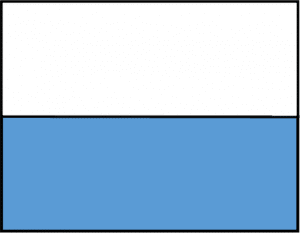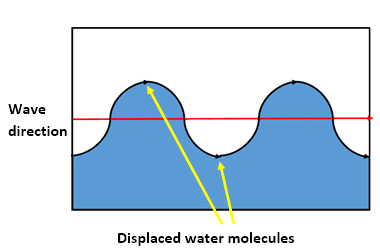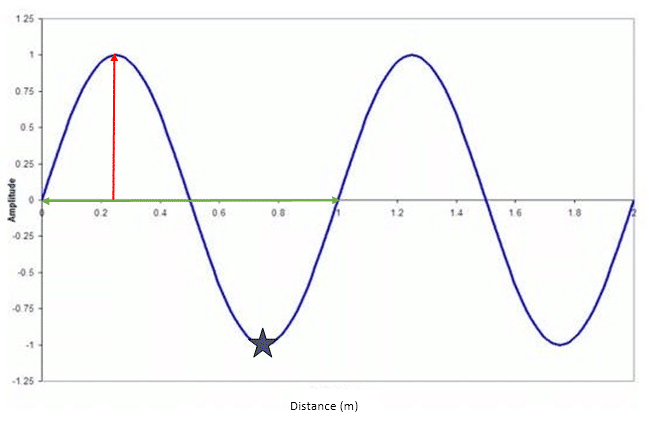Table of Contents
Week 1 | English Grammar
Day 4 |I am doing (present continuous)
Day 5 |Are you doing? (present continuous questions)
Day 6 |I do/work/like (present simple)(present continuous questions)
Week 2 | English Grammar
Day 1 |I don't... (present simple negative)
Day 2 |Do you...? (present simple questions)
Day 3 |I am doing (present continuous) I do (present simple)
Day 4 |I have... and I've got...
Day 6 |Worked/got/went etc (past simple)
Week 3 | English Grammar
Day 1 |I didn't... did you...? (past simple negative and questions)
Day 2 |I was doing (past continuous)
Day 3 |I was doing (past continuous) and I did (past simple)
Day 4 |I have done (present perfect 1)
Day 5 |I've just... I've already... I haven't...yet (present perfect 2)
Day 6 |Have you ever...? (present perfect 3)
Week 4| English Grammar
Day 1 |How long have you...? (present perfect 4)
Day 3 |I have done (present perfect) and I did (past)
Day 4 |Is done, was done (passive 1)
Day 5 |Is being done, has been done (passive 2)
Day 6 |Be/have/do in present and past tenses
Week 5| English Grammar
Day 1 |Regular and irregular verbs
Day 2 |What are you doing tomorrow?
Week 6| English Grammar
Day 2 |Must, mustn't, don't, need to
Day 6 |Do this! Don't do that! Let's do that
Week 7| English Grammar
Day 2 |There is... There are...
Day 3 |There was/were... There has/have been... There will be...
Day 6 |Have you? Are you? Don't you? etc
Week 8| English Grammar
Day 1 |Too/either/so am I/neither do I etc
Day 2 |Isn't/haven't/don't etc (negatives)
Day 3 |Do they? Is it? Have you?
Day 4 |Forming questions (who/what/why/where/when/which)
Day 5 |What...? Which...? How...?
Day 6 |How long does it take...?
Week 9| English Grammar
Day 1 |Do you know where...? I don't know what... etc
Day 2 |He/she said that... He/she told me that...
Day 3 |Work/working Go/going Do/doing
Day 4 |I want you to... I told you to...
Day 5 |I went to the shop to...
Day 6 |Go to... Go on... Go for... Go -ing... Get…
Week 10| English Grammar
Day 4 |I/me He/him They/them etc
Day 6 |Whose is this? It's mine/yours/hers etc
Week 11| English Grammar
Day 1 |Myself/yourself/themselves etc
Week 12| English Grammar
Day 2 |All/most/some/any/no/none etc
Week 13| English Grammar
Day 2 |If we go... if you see... etc
Day 3 |If I had... If we went... etc
Day 4 |A person who... A thing that/which (relative clauses 1)
Waves
What are Waves?
Waves are a very special natural phenomenon as they require a
Medium to travel through.
Waves will travel through a medium by transferring energy
between particles but won’t permanently displace the particles.
Let’s say we have a bucket of water
- We notice the water is calm and

- You drop a pebble into the middle of a bucket of water, as the pebble sunk you notice there are ripples forming in the water. These ripples are caused by waves.

The wave travels outwards towards the edge and water molecules get displaced in the process.
While the molecules get displaced they don’t get moved as they return to their original locations once the wave passes.
- Once the wave has passed the water level returns to its normal level.

Properties of Waves

- Peak/Crest – Highest point of a
- Amplitude – Height of the wave in
- Trough – Lowest
- Wavelength – How Long a wave is in meters. This is measured from peak to peak or trough to trough in meters. Represented by ? (lambda).
- Frequency – How often the wave repeats. Frequency has units of Herts (Hz) or one per second (S-1) and the symbol f. This can be calculated from the wavelength using the formulas:
5.1  where v is the speed of the wave
where v is the speed of the wave
5.2  where T is the time period, how long it takes a wave to complete a cycle/repeat in seconds.
where T is the time period, how long it takes a wave to complete a cycle/repeat in seconds.
- Waves come in two very different types, transverse and longitudinal.
Longitudinal waves
Longitudinal waves move matter along the waves direction of movement. These waves are transmitted through particle collisions along the waves direction.
These waves move as regions of compression and expanded pockets of matter.
For example, seismic waves, vibrations, and sound waves.

Transverse waves
Transverse waves move differently. Transverse waves have their
displacement at 90˚ to the direction the wave moves in.
In the case of water waves they pass through particle collisions along the direction of the wave too. A good example of this is taking a string and whipping it, you should form a moving wave along the string.
Most transverse waves however are light or electromagnetic waves. These waves don’t need a medium to travel through.

